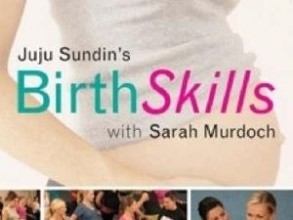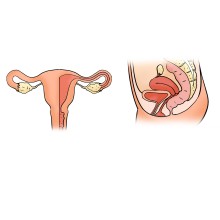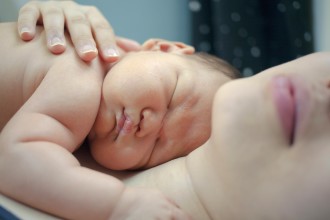How do babies respond to stress?
27 Jun, 2019Babies can get stressed for a number of reasons such as the trauma of childbirth, the change in their environment, in nutrition, adjusting to breast or bottle feeding, colic, the development of their digestive system, feeling lonely, hungry, cold or scared.
Some babies are naturally high-risk to stress due to the nature of their birth, any medical issues etc. But there are things that we can do as parents to help reduce the impact that this stress has on them. For example, physical affection has great stress-reduction powers. A study by Helen Sharp found that “High-risk babies developed normally if their mothers gave them many cuddles and caresses during early infancy”.
Babies respond to stress in the only way they know how – to cry. Practicing strategies such as controlled crying and letting a baby cry will result in them eventually stopping crying not because they have ‘self-soothed’ – as I have already discussed previously, babies are not capable of self-soothing. The baby will stop crying because it is exhausted and has cried itself to sleep. When a parent ignores a baby’s crying at night – this will increase their stress hormones – cortisol – which can result in long term negative effects. It can impact the development of their brain structures such as the executive attention network we discussed earlier – the very brain structures which are linked to emotional regulation and control e.g. hippocampus, amygdala and pre-frontal cortex. It can also damage their HPA axis which is still developing.
The HPA Axis
The HPA Axis is the hypothalamic pituitary adrenal (HPA) axis. It is the relationship between our central nervous system and endocrine system that help us respond to stress by secreting cortisol and have a ‘fight or flight’ response. This is great as adults when we have fully developed cognitive abilities and need to make a decision when stressed. However this is not so great when you are a new-born baby and your brain is still developing.
Research performed by Suchecki in the NCBI journal shows that the HPA axis in an infant can be regulated through maternal affection. This research builds on Seymour Levine’s research from 30 years ago on maternal regulation and looks further into ‘the consequences of maternal deprivation on basal and stress-induced activity of the hypothalamic-pituitary-adrenal axis in juveniles and the persistent effects of the replacement of maternal behaviours on these parameters’. What this research finds is that through feeding and touch whilst stressed, the baby will also secrete oxytocin which suppresses the normal activity of the HPA axis and combat the stress response.
What happens if you don’t respond to a baby who is stressed?
The research by Suchechki found that if you do not respond to a baby who is stressed, by elevating their stress and promoting the secretion of cortisol, they are more likely to develop abnormalities in their HPA axis with a hyper-active axis. Another study by Blair in 2006 states that being sensitive to your childs needs, what they like and don’t like and offering lots of physical affection to begin with can especially change the outcomes for infants in high stress situations or those who are easily distressed. A study by Gunnar and Quevedo in 2008 also found that ‘early parental imprinting’ – that is negative imprinting such as neglect and lack of affection early on in a child’s life may result in heighted risk of PTSD when faced with future trauma with abnormalities in their HPA axis. Indeed, Suchechki also suggests that infants who are exposed to high levels of stress may struggle with stress and regulating their emotions on a long term basis.
Research https://www.parentingscience.com/stress-in-babies.html
https://www.ncbi.nlm.nih.gov/pubmed/29774962
https://www.ncbi.nlm.nih.gov/pmc/articles/PMC5854878/
Cover Image by skeeze from pixabay
Get The Best Of Sleepy Roo Delivered To Your Inbox
Subscribe to my newsletter and get the latest info on baby sleep! You can unsubscribe at any time.



